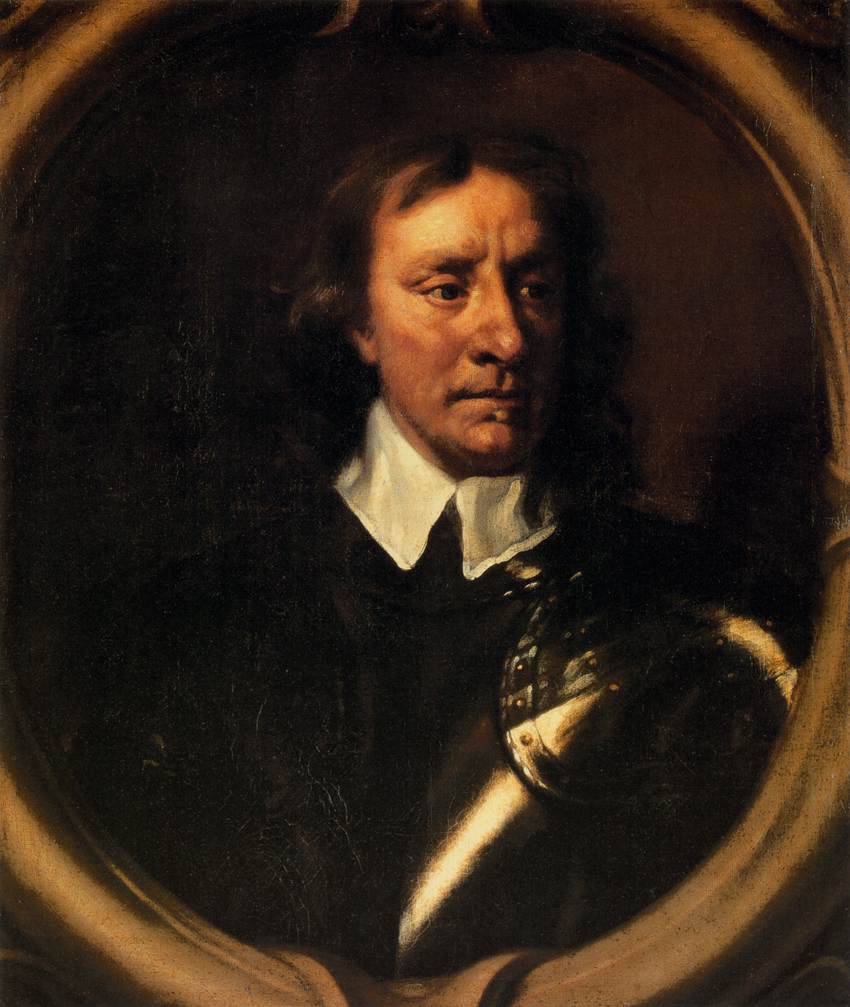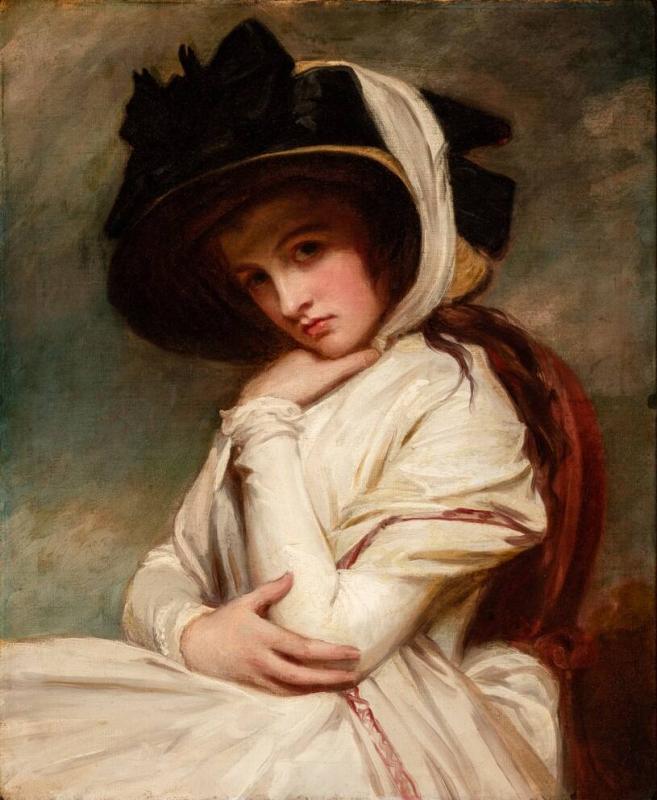
Though a care-worn Marie Antoinette sat for artist Alexander Kucharsky in 1791, only her head was completed, while her clothing remains unfinished.
I’m talking about sitting for a portrait.
In the days before photography—and even after it, in Roosevelt’s case—it was customary to “sit” for an artist. Since only people of consequence could afford to have their portraits painted by artists of note, both the subject and the artist tried to keep the sitting time to a minimum. It was customary for artists to sketch or paint a subject’s face from life, but to use a body double when painting in the rest of the body—or just to hand the work off to an apprentice once the head was finished. (Many studios employed artists who specialized in "drapery," or painting the lavish folds of a subject's clothes.) Even with this concession to practicality, however, subjects were required to sit for hours at a time over a period of days or even weeks.
Bad skin, spindly calves, wrinkles, a bald spot? Any artist who hoped to enjoy the patronage of the great knew enough to overlook such flaws. Occasionally this artistic license could cause problems.

Though Oliver Cromwell insisted on having his warts painted by artist Peter Lely, his one concession to vanity was choosing to be painted in the armor of a military leader.
(Though it was common practice for artists to flatter their subjects, one notable exception occurred when Oliver Cromwell had his portrait painted by the artist Peter Lely. As a good Puritan, Cromwell eschewed vanity. He was famous for instructing Lely, “use all your skill to paint my picture truly like me, and not flatter me at all; but remark all these roughnesses, pimples, warts and everything as you see me, otherwise I will never pay a farthing for it”—an instruction that has come down to us in the more colloquial expression “warts and all.”)

George Romney's 1785 Emma Hart in a Straw Hat was among the many portraits of the beauty that helped to make her famous.
But a good portrait painter and the right subject could make magic together. In 1782, Charles Greville sent his mistress, then using the name Emma Hart, to sit for the artist George Romney. By all accounts Emma was both beautiful and charming, and Romney was so taken with her that she became his muse. He developed a lasting obsession with her, continuing to sketch and paint her all his life. Romney's paintings made Emma so famous that when Greville needed to distance himself from her in order to marry a young heiress, he had no trouble convincing his uncle, the British envoy to Naples, to take Emma on. The uncle not only made the cast-off Emma his hostess, he made her his wife. She married Sir William Hamilton in 1791, and it was as Lady Hamilton that Emma nursed Admiral Horatio Nelson back to health seven years later after the Battle of the Nile, kicking off one of history's great love affairs.
Nowadays, thanks to photography it takes only seconds to create a perfect likeness. But while sitting for a portrait took far longer in the past, the hours involved meant that the artist often came to know his subject far better than most modern photographers do. While the best portrait artists painted out superficial flaws, they managed at the same time to capture the essence of their subjects' personalities.
 Alyssa Everett's debut regency romance, Ruined by Rumor, is currently available from Carina Press, and her second regency will be out in March of 2013. She hopes you'll visit her website and follow her on Twitter and Facebook, where she promises not to spam you relentlessly.
Alyssa Everett's debut regency romance, Ruined by Rumor, is currently available from Carina Press, and her second regency will be out in March of 2013. She hopes you'll visit her website and follow her on Twitter and Facebook, where she promises not to spam you relentlessly.

3 comments:
Great post. I photograph so badly, I think I'd prefer a painting.
Count me among the unphotogenic! At least we have Photoshop now, so retouching isn't out of the question.
Emma really was gorgeous, wasn't she? As much as beauty standards have changed over the centuries, I can still imagine her being all over People and Us Weekly and being admired on red carpets if she'd been born 200 years or so later.
Post a Comment